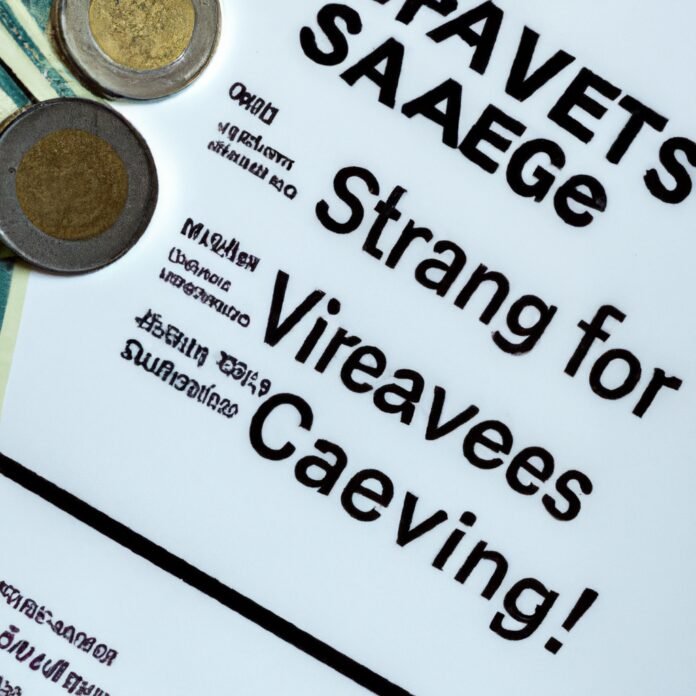If your travel budget is as tight as your suitcase, you already know it’s not always easy to make it to your dream destinations without breaking the bank. Have no fear – with these simple money-saving strategies for attractions and activities while traveling, you can make sure you’ll be having just as much fun without paying full price.
1. Utilize Free (or Cheap) Attractions
Whether you’re visiting a new place or your own hometown, there can be loads of fun free activities available to partake in. Check out local museums, parks, open green spaces, and galleries. Not only do these locations offer free admission, but they also make for an exciting educational experience. Some places have a “free day” at certain points throughout the year, and if you’re lucky you can catch them at no cost. Here are a few free-of-charge activities to explore:
- Tours – Many of the major cities host free walking tours throughout the year. You can learn a lot about the culture, history, and important landmarks of the area just by tagging along on one of these.
- Outdoor recreation – Spending time outdoors is a healthy activity that doesn’t have to cost a cent. Check out hiking trails, bike paths, and nature centers if that’s your preferred way to get outside.
- Special events – Local events such as meetings, concerts, parades, and festivals often charge zero entry fees. Note that some may ask for a donation, so remember to pack a few dollars if you attend.
- Lectures and talks – Universities and art centers often host free lectures and conversations on topics that range from history, art, science, and more.
If free attractions don’t quite do it for you, there are also lots of low-cost activities that are fun and still a great bargain. Most cities have free or discounted periods for certain attractions, such as discounted rates for tickets to movies, plays or shows. And if you’re a student, it could get even better: you could be eligible for deals and promotions on Nite Out.
No matter the budget, everyone can explore entertainment and attractions without spending too much.
2. Seek Out Deals and Discounts
Finding a great deal or discount can help you obtain amazing products or cut your budget significantly. There are several ways you can . Here are a few suggestions:
- Check for Discount Codes – Before you complete a purchase online, look for any possible discounts you can apply. Use a search engine with keywords related to the product or vendor, and see if any discounts come up. You never know what you’ll find!
- Look for Bundles and Packages – Many retailers offer packages or bundles that tend to be cheaper than buying the individual items separately. Make sure you compare all possible packages offeredexamine all the items you will be getting to evaluate the cost savings.
- Follow Brands on Social Media – Many vendors offer deals and discounts on their social media pages. Make sure you’re following all your favorite brands, so you can stay current on any offers available.
- Review Price Match Policies – Many large retailers have policies that allow customers to apply price matching for purchases. Before you purchase any item, read up on policies for any retailer you’re considering and determine if you can get a better deal through price matching.
Seeking out deals and discounts takes some effort, but the rewards can be great. Look for discounts related to the product you need, compare packages and bundles, stay up to date on social media, and always review the price match policies before you complete your purchase.
3. Take Advantage of Combination Deals
It’s one of the oldest tricks in the book – group your purchases together to get a great deal! Combination deals can save you a bundle, especially when the items naturally complement each other. Here are a few savings to consider:
Get your groceries in-bulk: Buying large quantities of staples like rice, flour and sugar can help you take advantage of packages that offer reduced prices for larger purchases. Not only that, but you potentially gain from shelf-stable supplies, giving you a break on your weekly grocery shop.
Purchase in bundles: Many stores offer packages of goods for sale – and these packages can carry awesome savings! This could be a suite of furniture, a few appliances, or even tech accessories. Make sure to regularly review store catalogs and websites to stay up-to-date on them.
Utilize combination incentives: If you’re considering big-ticket purchases – such as a car – review the range of incentives available in combination with them. Examples of these could be:
- Receiving extra features like satellite radio, custom wheels, and other add-ons.
- Discounted auto insurance for a year.
- Free maintenance packages and oil changes.
- Gift cards to major retailers.
The key to successfully using combination deals is to stay informed and aware of the offerings out there – and you’ll soon find yourself raking in the savings.
4. Value Quality Over Quantity
It’s no surprise that quality demands respect. From cars to clothes, customers continue to put their faith and hard-earned money into products that come with a proven track record. When it comes to quality, buyers don’t gamble – they don’t want to buy something that may only last a few weeks or months. Instead, they want price tags that reflect the effort gone into developing something that is built to last.
The same notion applies to many everyday situations, especially when making choices that involve your own time and energy. An easy example includes education: investing in high-quality, life-long learning skills and resources will most likely always remain relevant and useful, but cheap, low-grade material may become outdated and not meet the standards you need.
When it comes down to it, it’s important to understand that the value of quality cannot be overstated. In nearly every instance, it pays to invest in quality, even if it comes at a slightly higher cost relative to its quantity. You can easily be won over by the sheer size of a returning stock, but remember that quality is likely to hold more tangible or intangible benefits in the long run.
- Focus on longevity – Quality products that are built with longevity in mind will generally be more appropriate in the long run
- Invest in results – Quality resources may have greater upfront costs, but should be worth the exchange in the long-run
- Don’t be led astray – Consumer expenditure can easily be steered by large returns, but remember that quantity doesn’t always equal quality.
Traveling can be one of the most rewarding experiences, and with some thought and creative approaches you can make these experiences even more enjoyable. With these money-saving strategies for attractions and activities, you can now see the world without breaking your budget! So pack your bags, put on that smile, and go explore what the world has to offer without worrying about how much it’ll cost!


